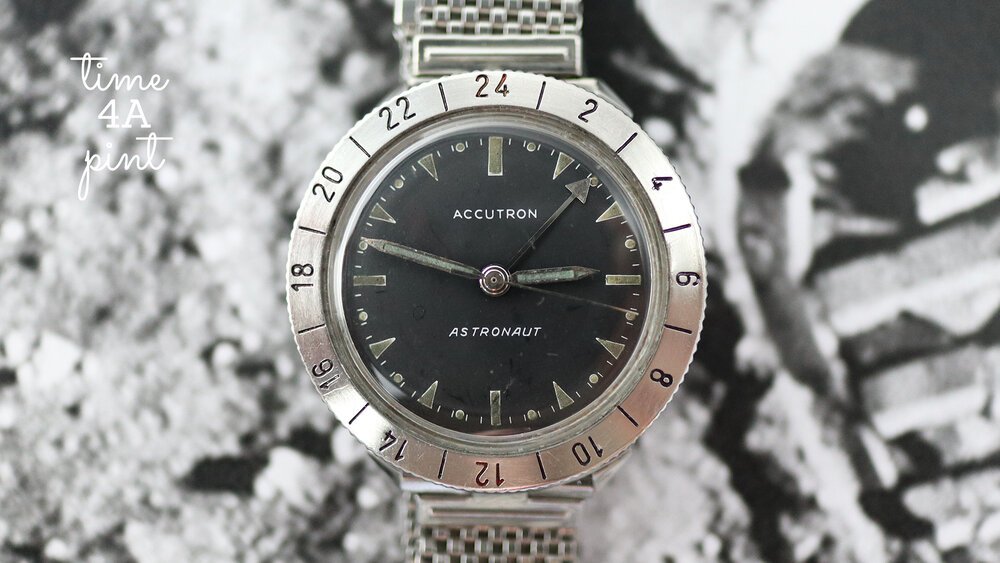#52: A Brief History of Watches in Space
During the late 1950s, the human race developed a taste for building huge, powerful, rockets, and launching them into outer space.
Exciting stuff, for sure, but made much more exciting, when on April 12 1961, Soviet Cosmonaut Yuri Alekseyevich Gagarin was strapped into one of these rockets, and became the first human being to travel into space. Wearing a 17-jewel Sturmanskie watch on his wrist.
Now, the 17-jewel Sturnmanskie may not be on the wish list of many collectors, however its use by Gagarin in Vostok 1, earns it a place on the register of watches in space.
This is a theoretical register, as far as I know, but were it to be beautifully presented in hardback form, preferably, with lots of lovely photographs, you could assume, it would contain a great deal of black dialled, hand wound, triple register chronographs, with the greek symbol for Omega on their dial.
Tucked in between all of those Swiss made 321, 861, and 1861 calibre chronographs, you’d find timepieces from all manner of brands, containing all kinds of tech - tuning fork watches of various flavours, brightly coloured automatic chronographs, cheap, cheerful, robust, and accurate digital watches, dressy chronographs that you’d never expect to see in an industrial situation, pilots watches with complicated slide rules on their dial, and a whole host of coronet adorned divers and GMTs.
There are so many watches that have been worn in space, that someone really could write a book on the subject. But that’s perhaps a task for another day.
Today, we’re suiting up, strapping in, and launching ourselves into a very brief history of watches in space for episode #52 of the Time 4A Pint Podcast, with Philip Corneille, Founder Of Moonwatch Universe.
Watches featured in this episode:
Poljot Strela Calibre 3017 Chronograph
Accutron Astronaut (214 movement)
Omega Speedmaster 145.012SP
Rolex Submariner 14060M
Make sure you never miss a show - subscribe to the Time 4A Pint Podcast on Apple Podcasts, Spotify, Amazon Music, and Google Podcasts.
Creative Commons credit to Cityfires for the use of Map of Time theme song that you hear in the podcast.





